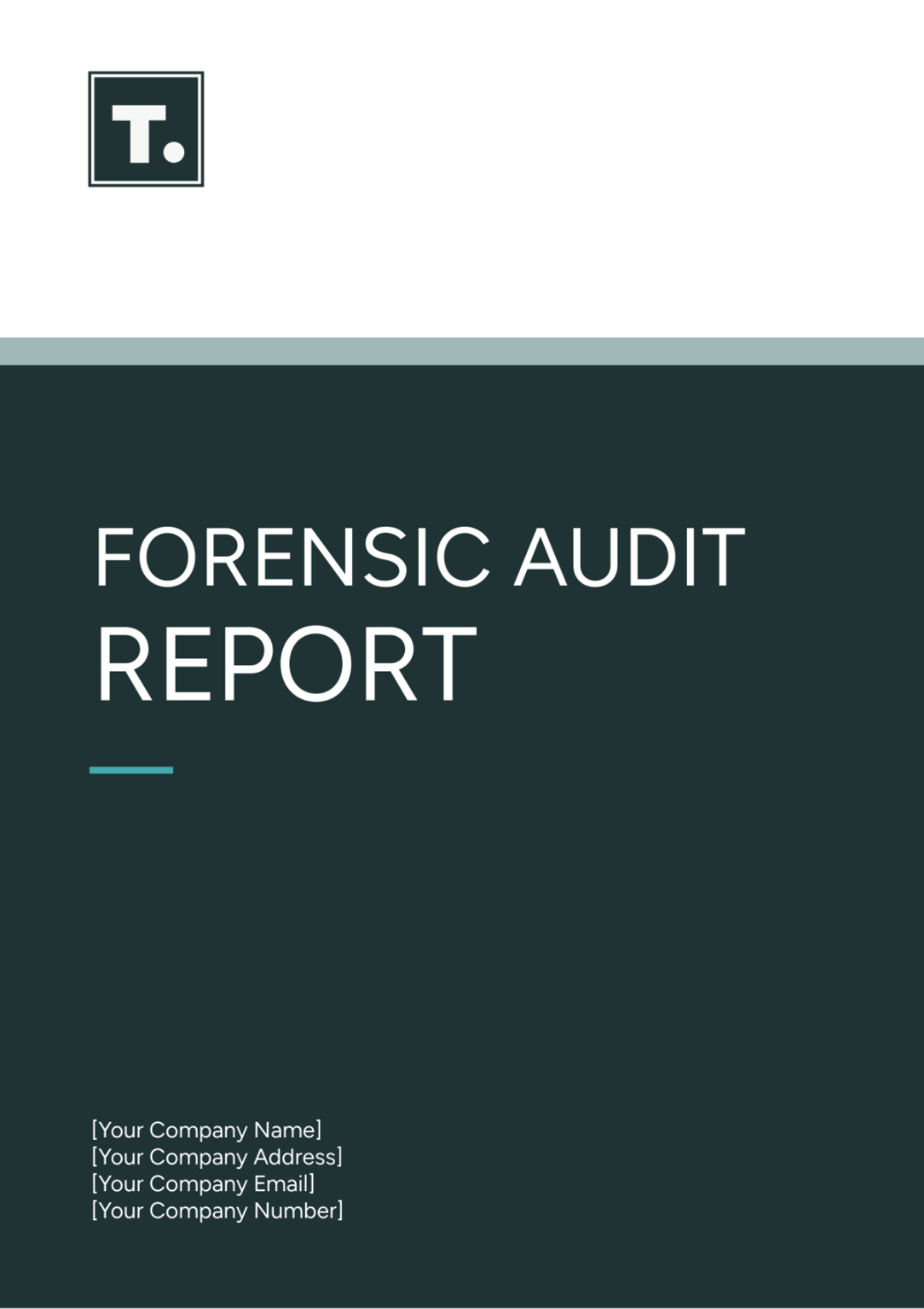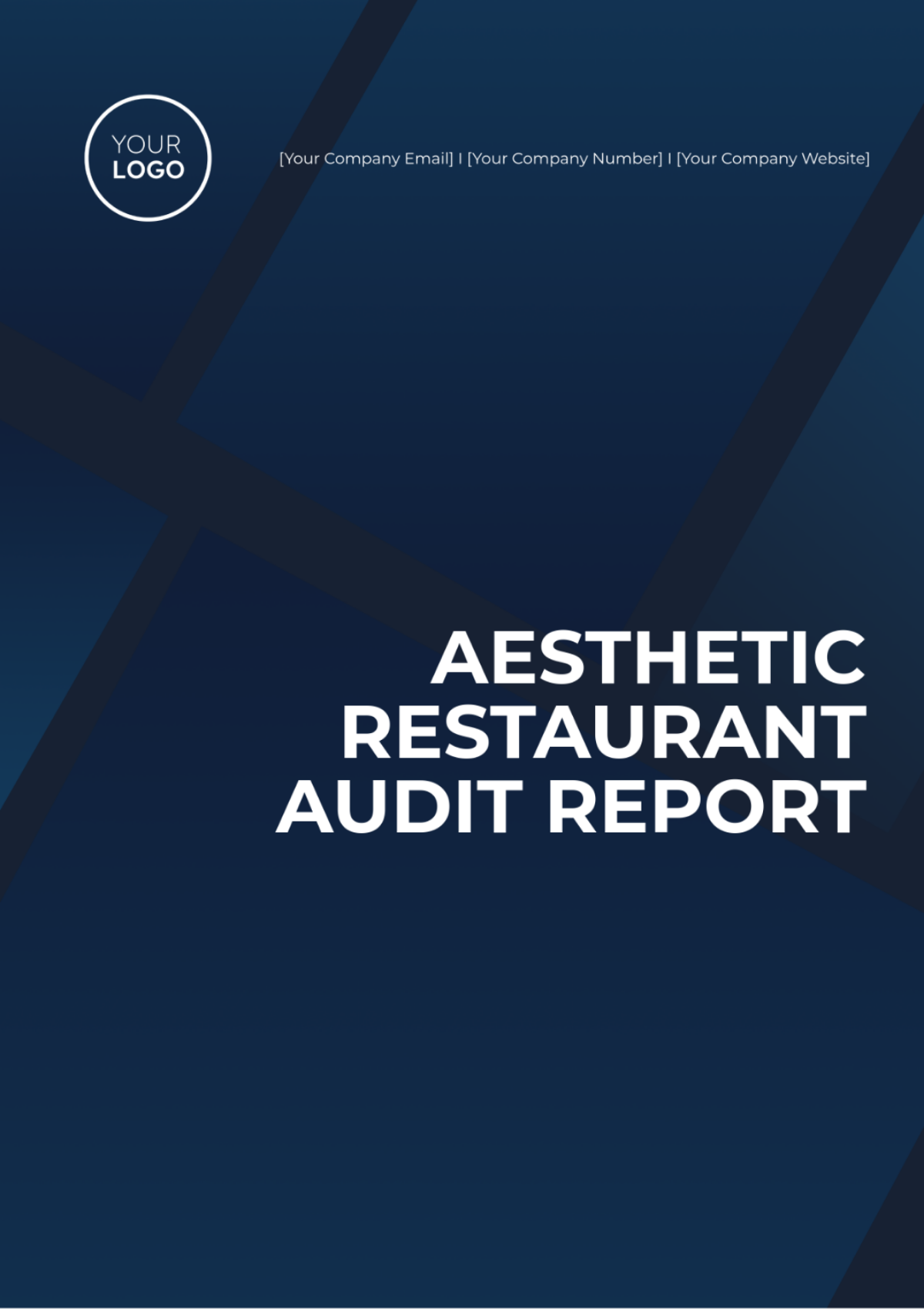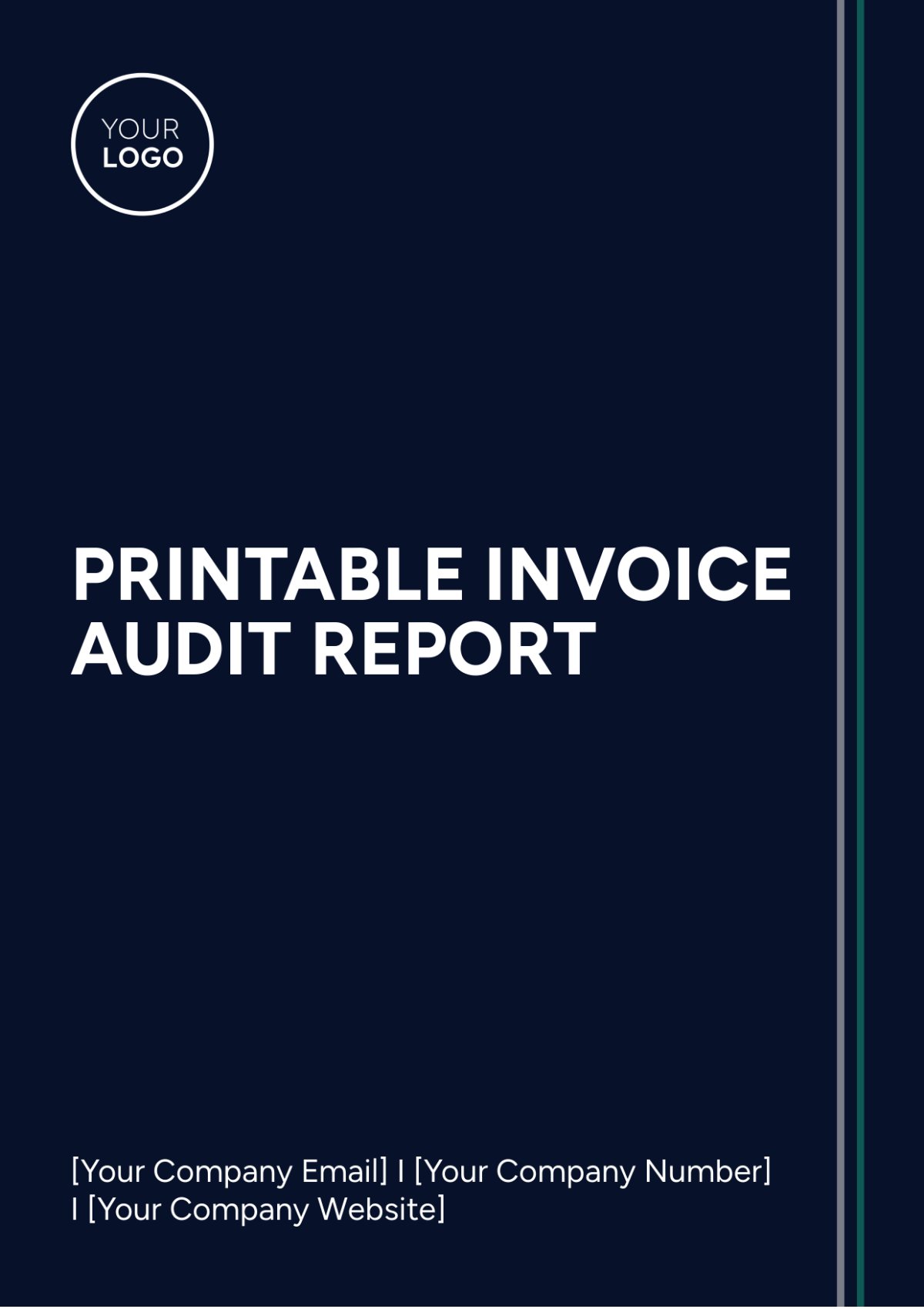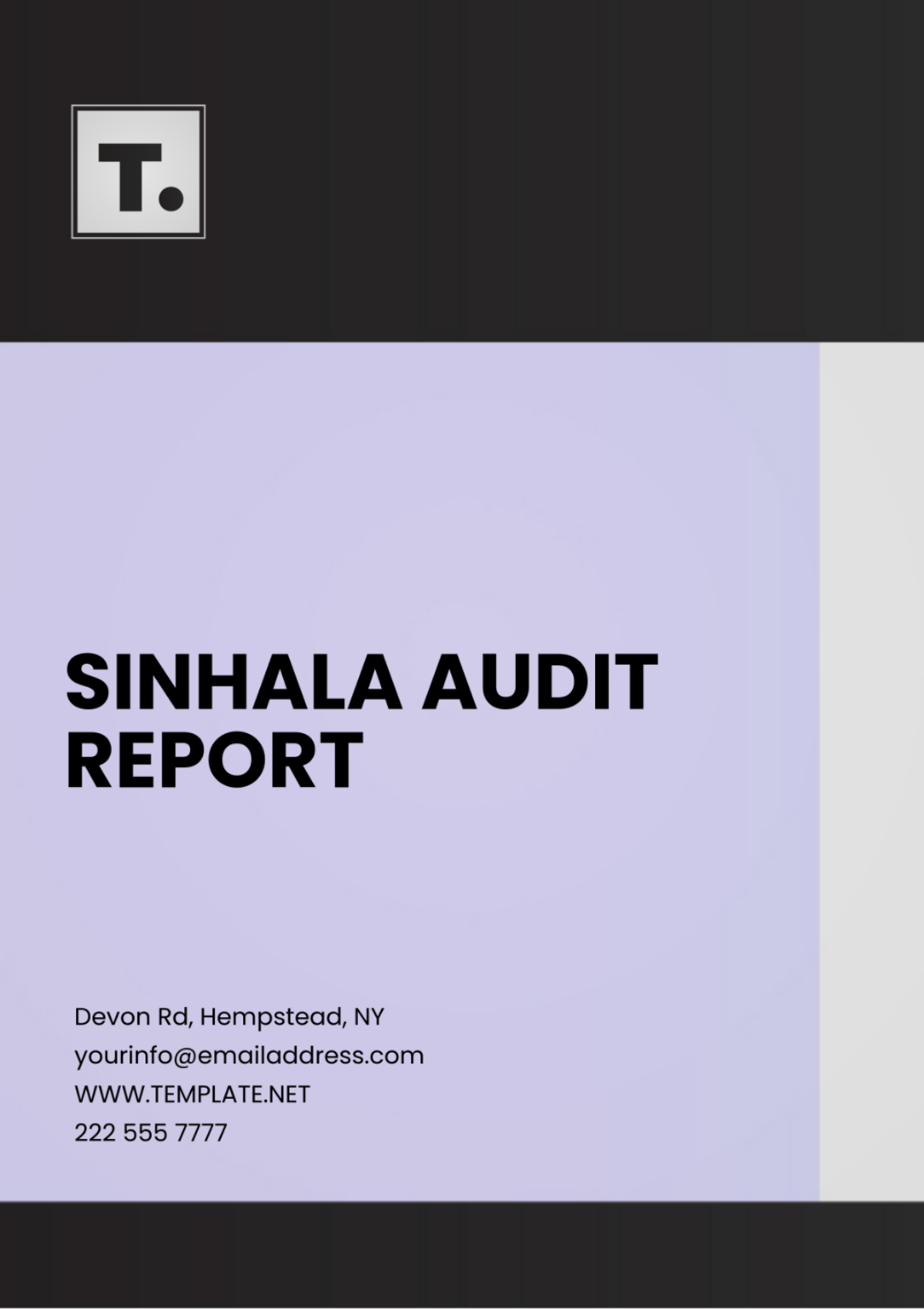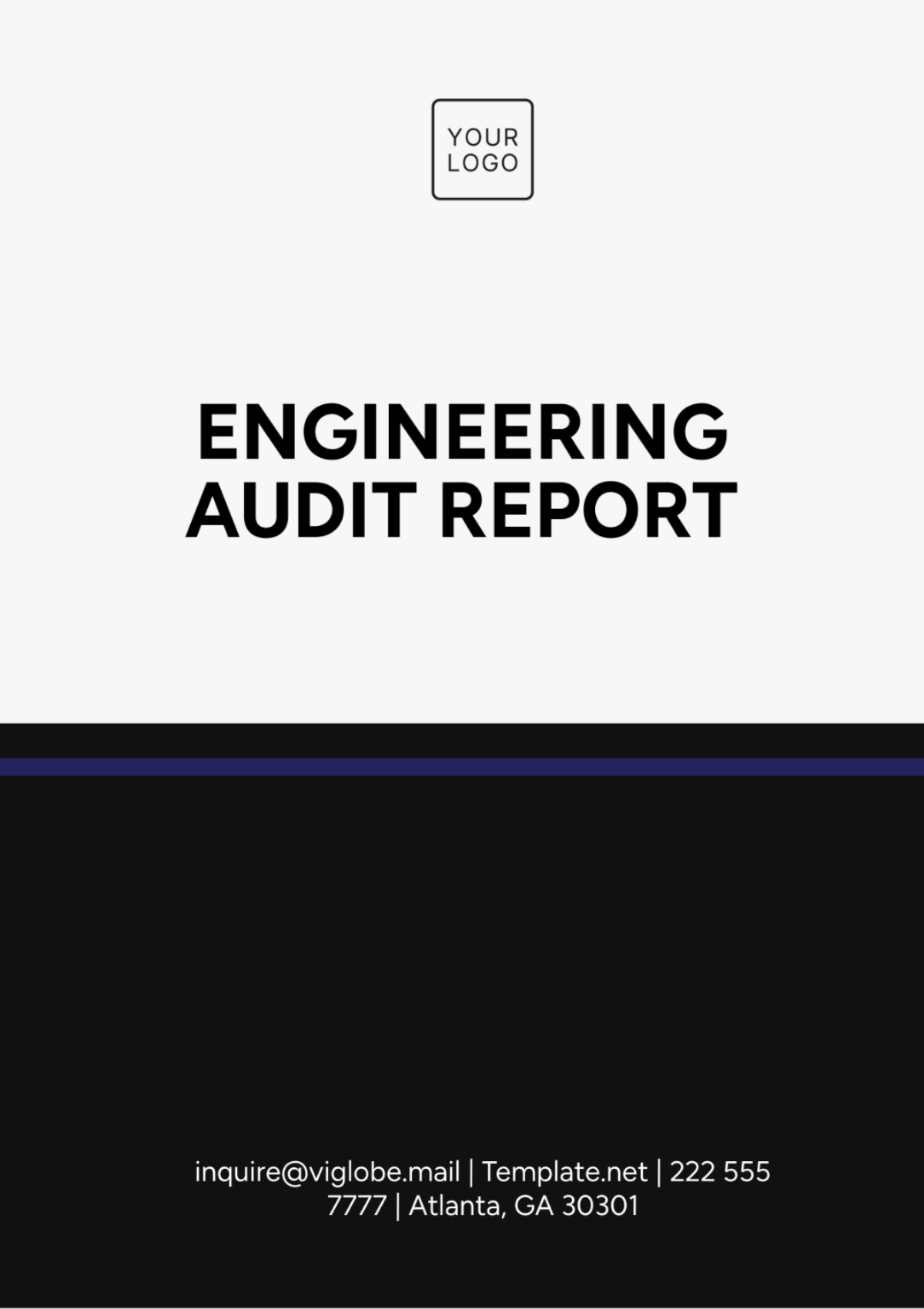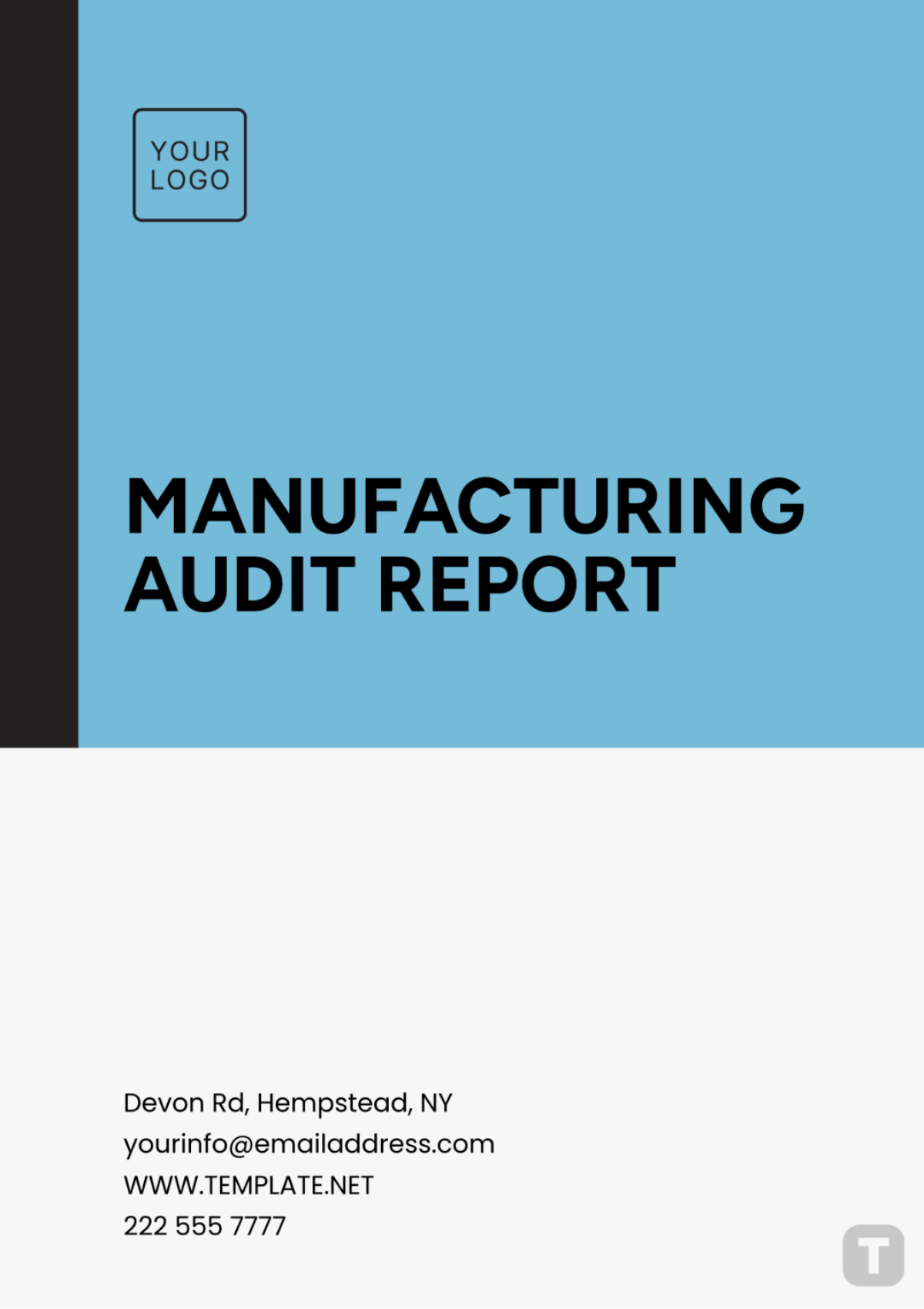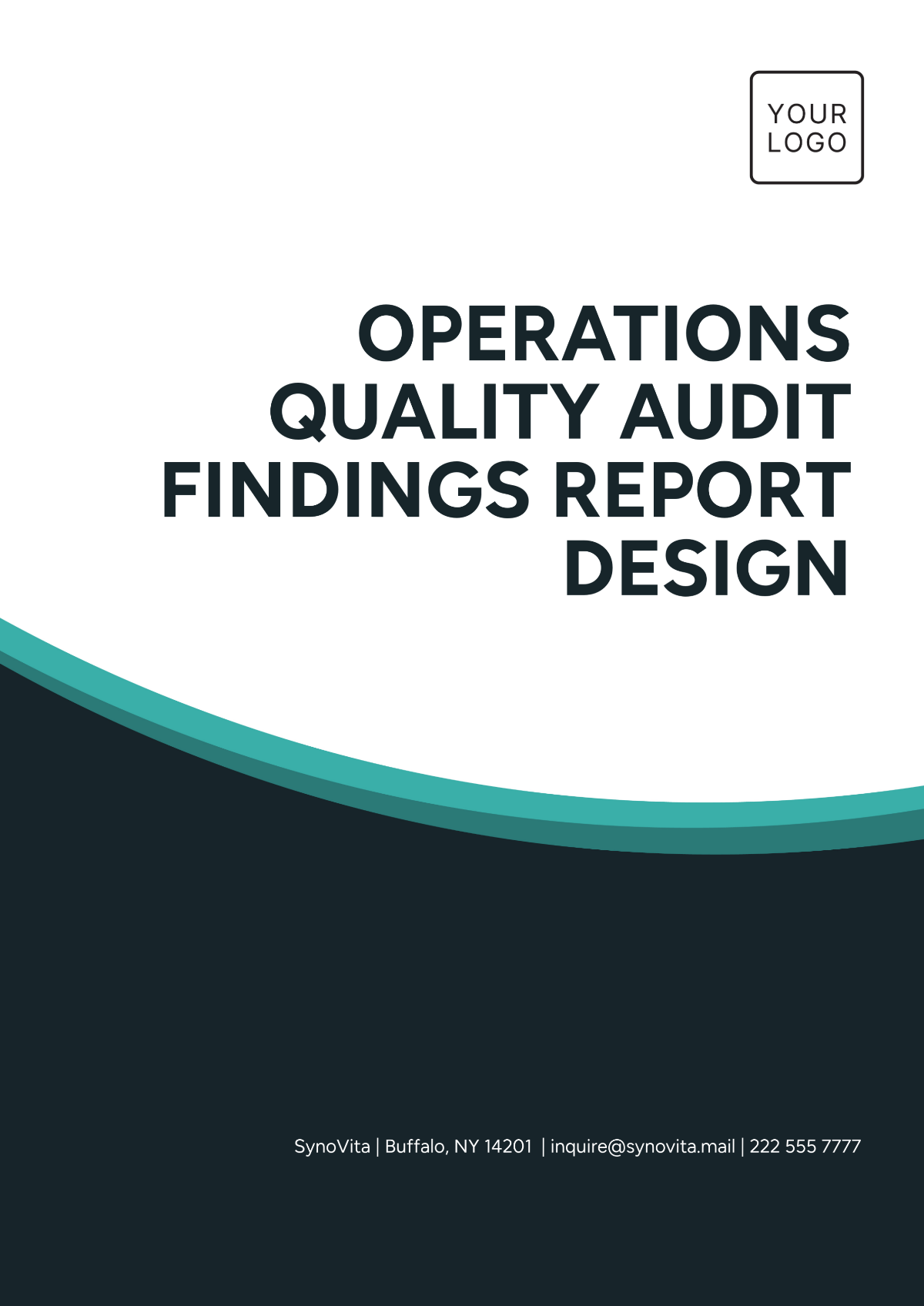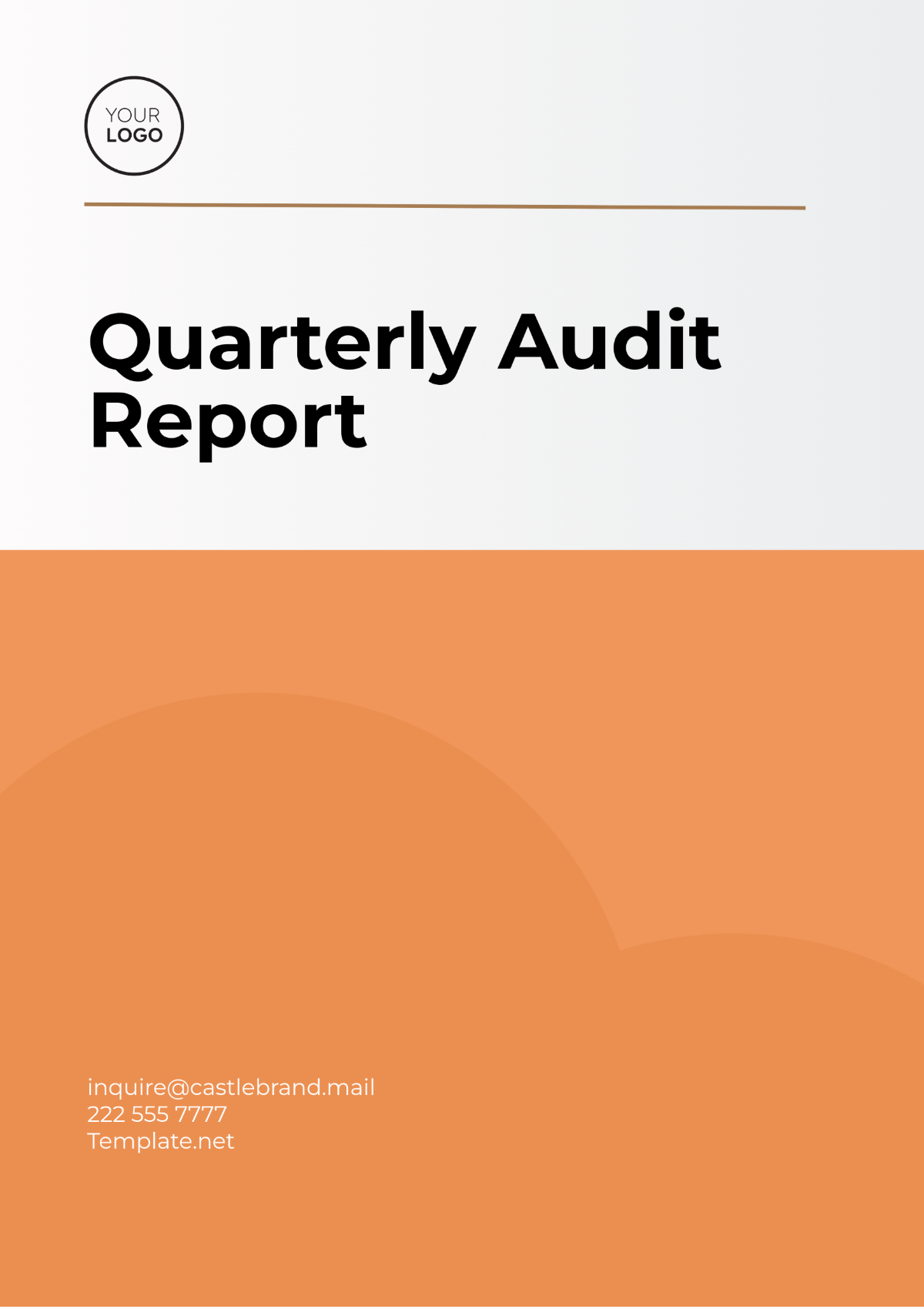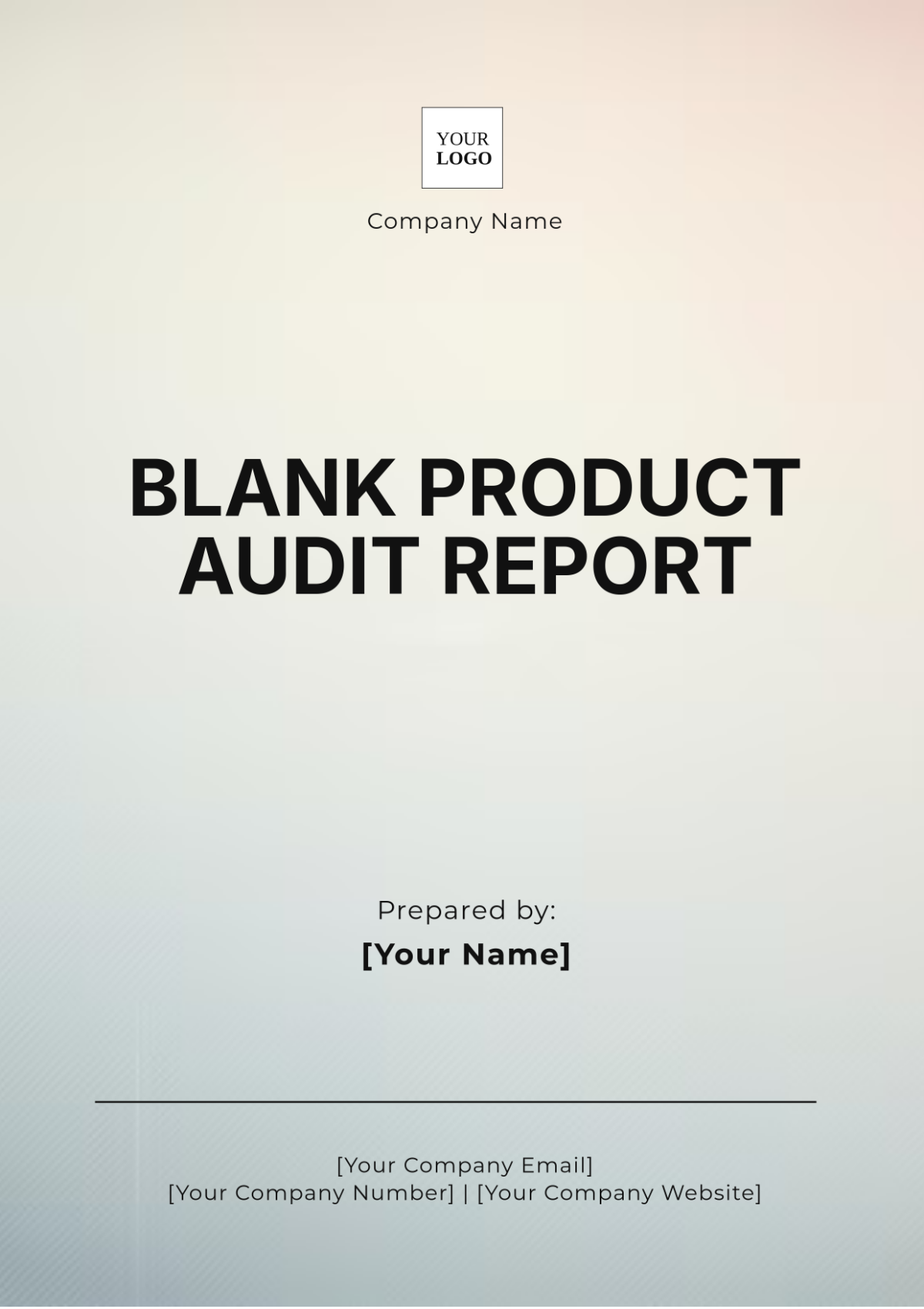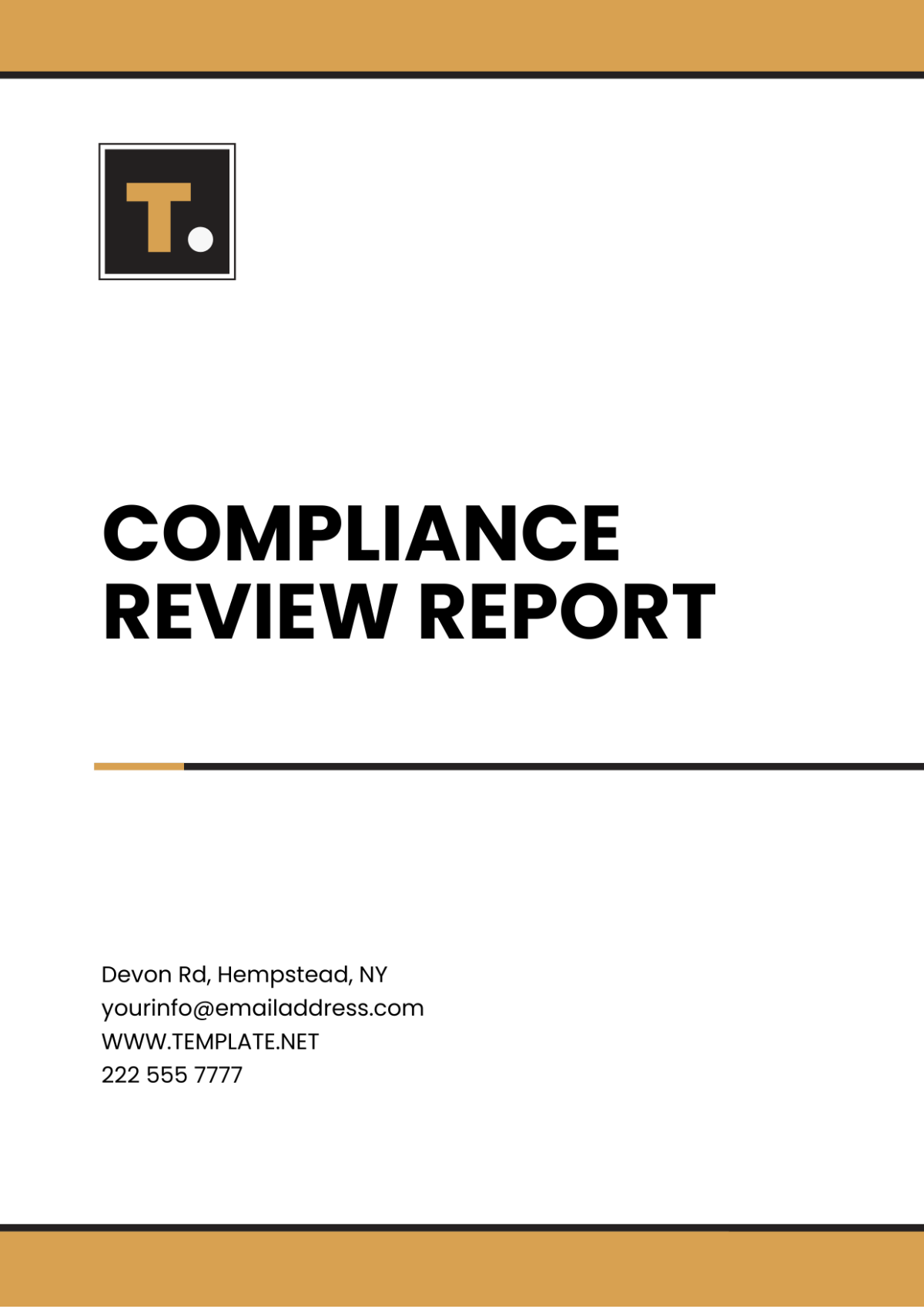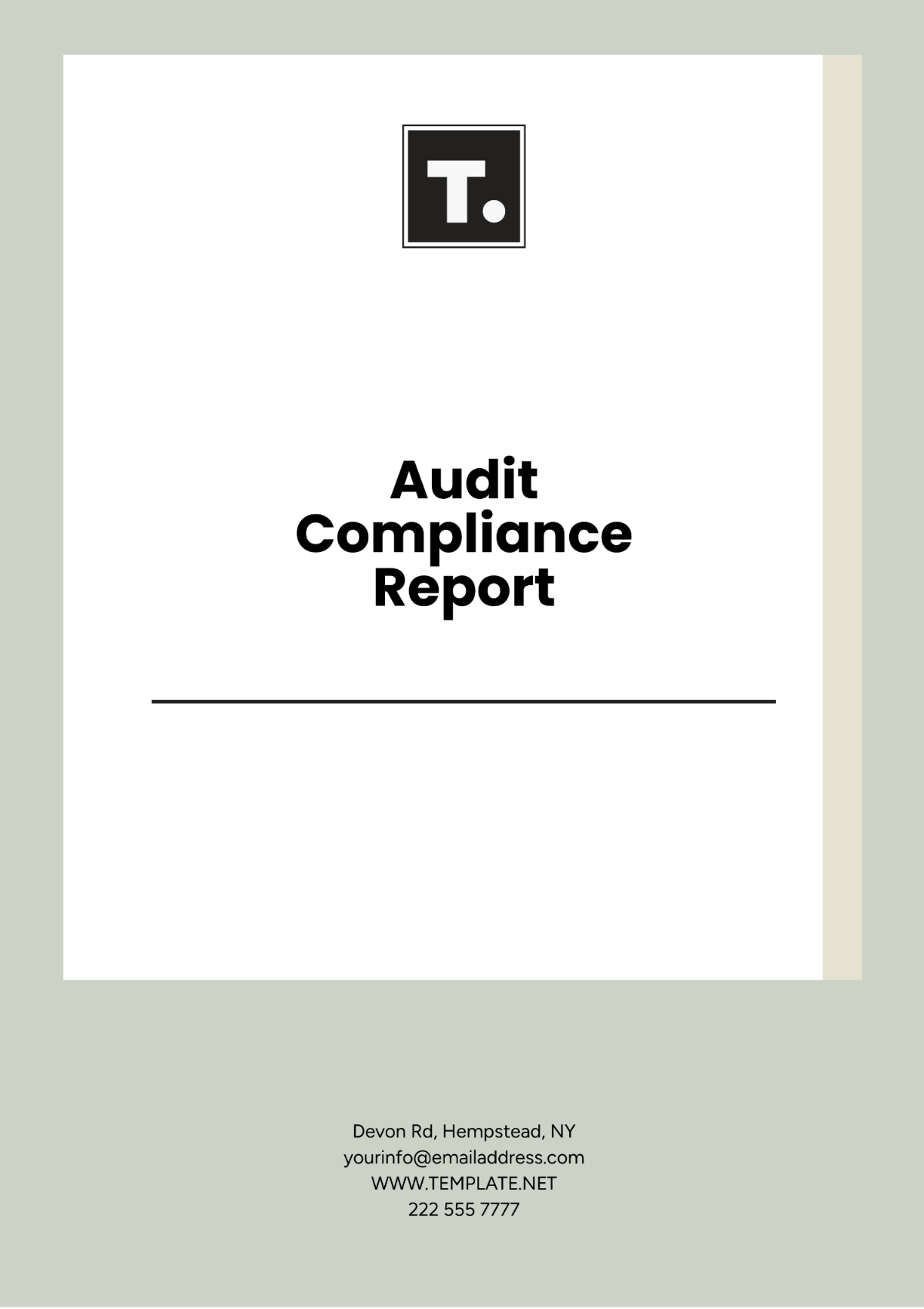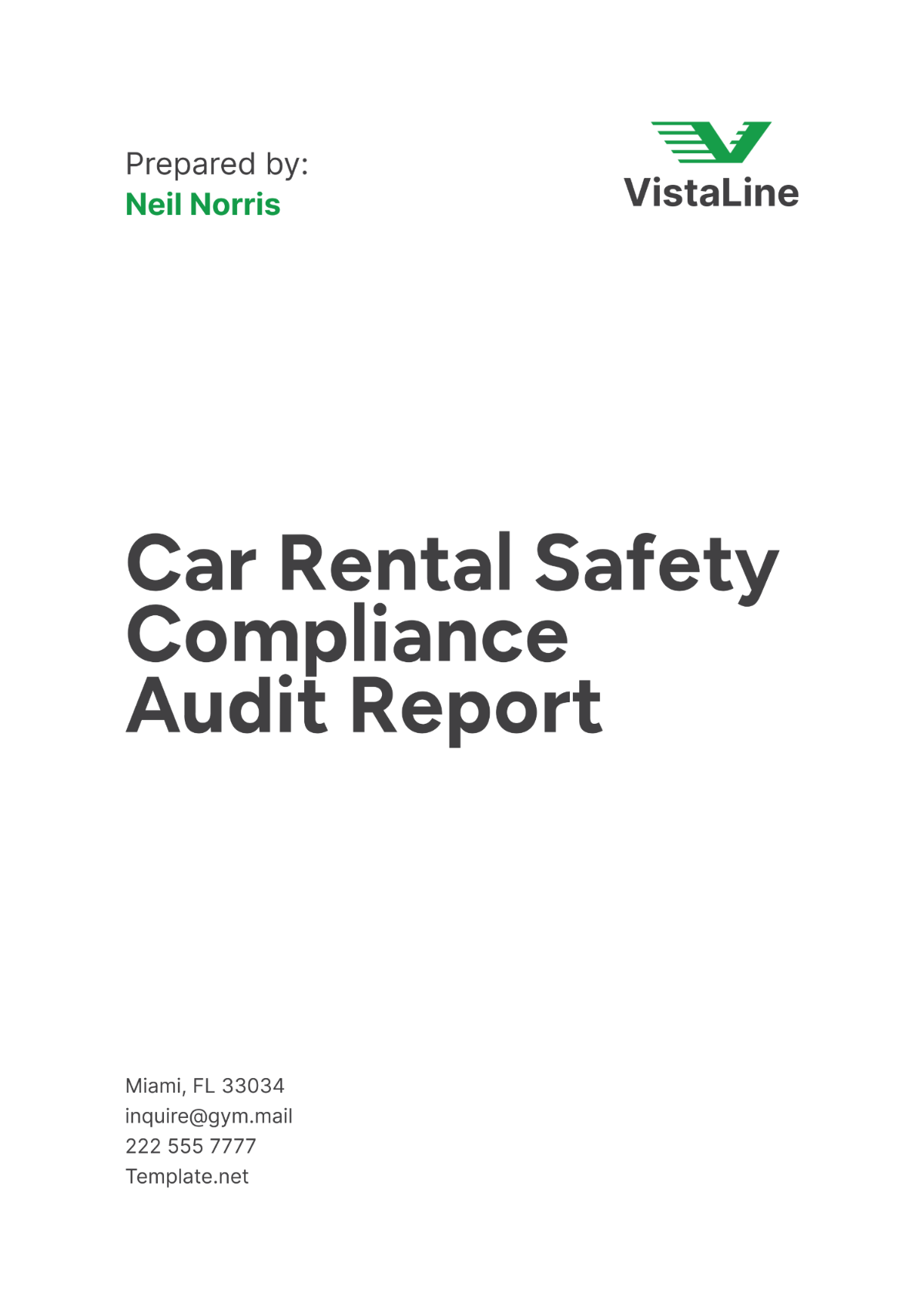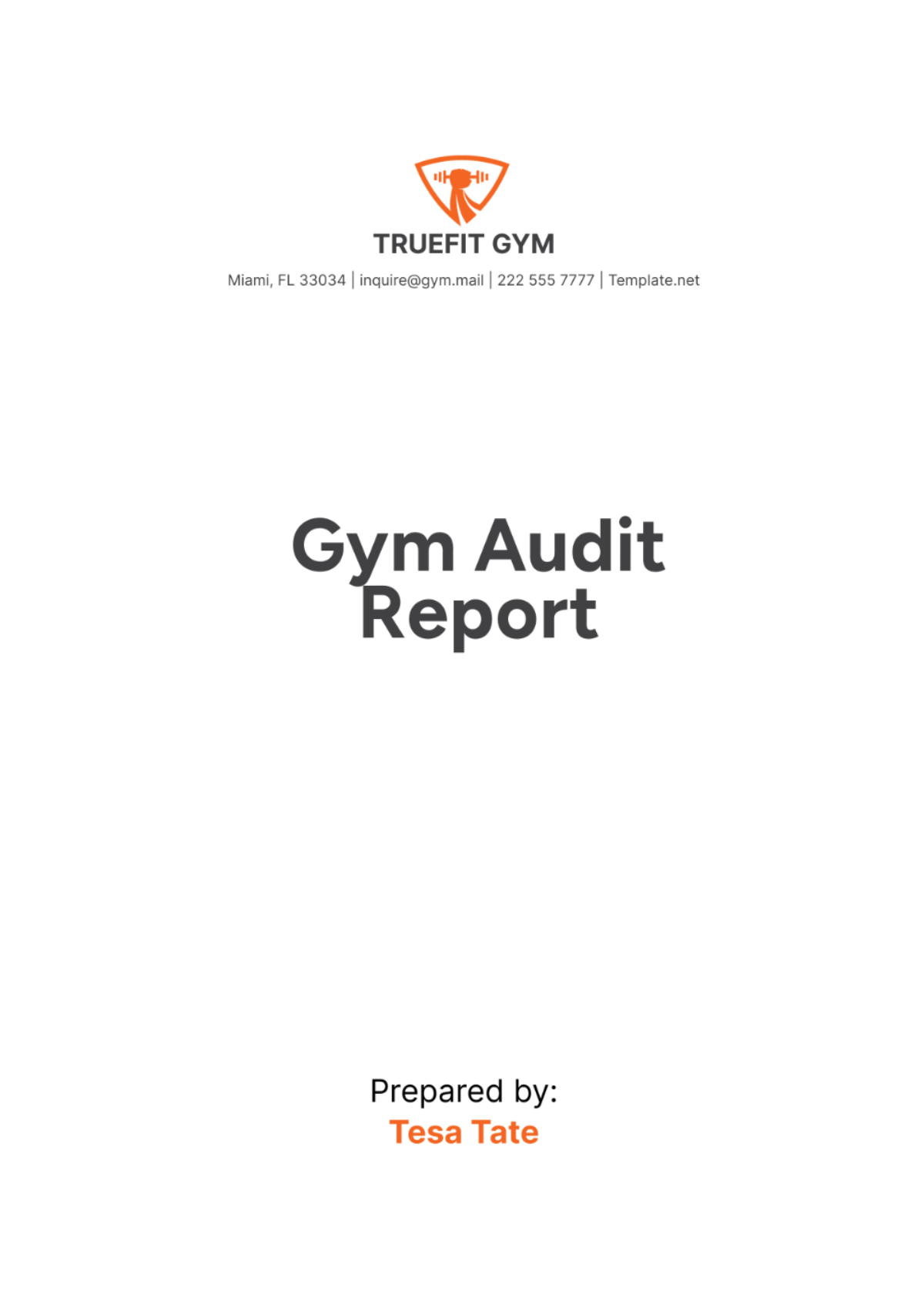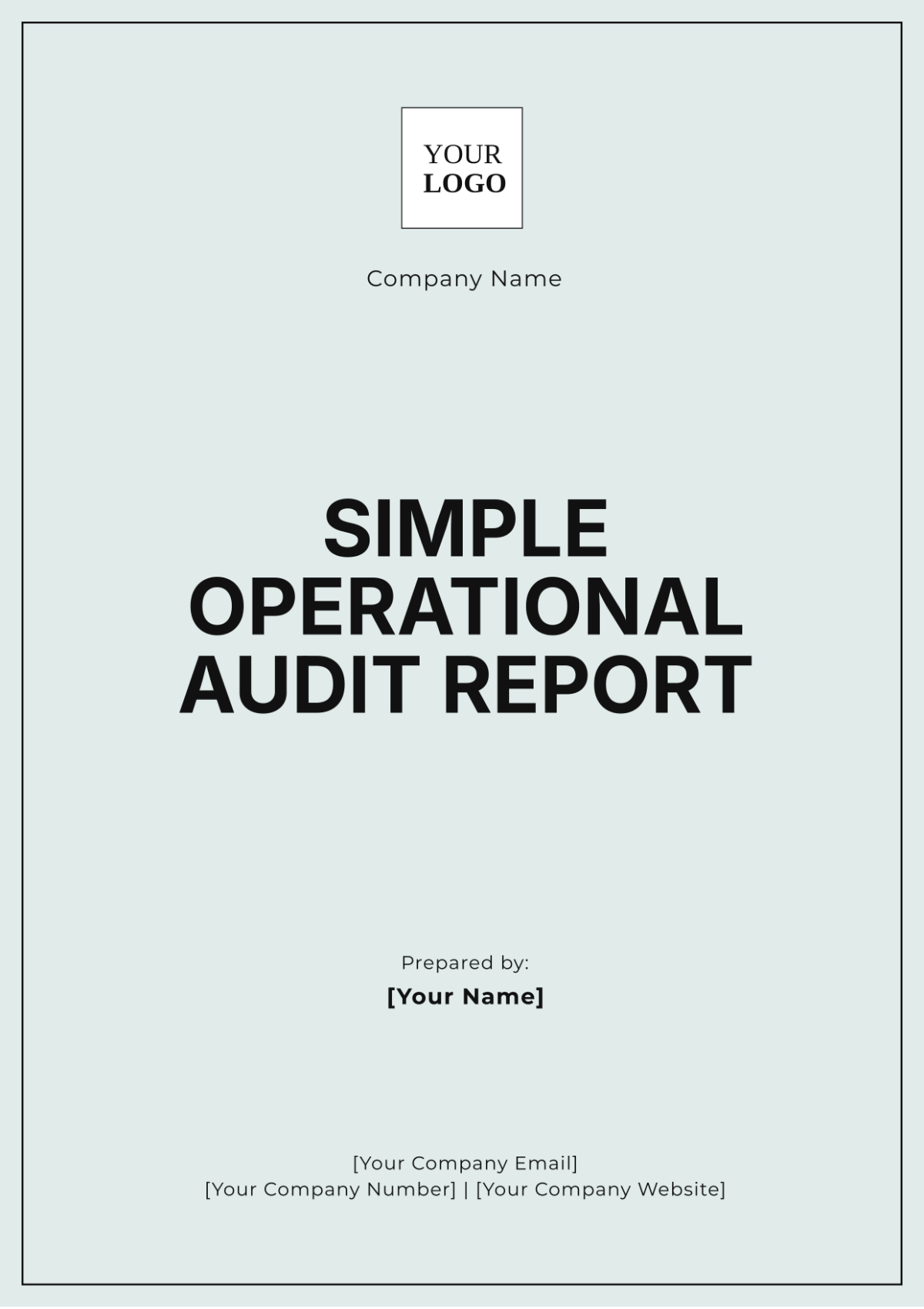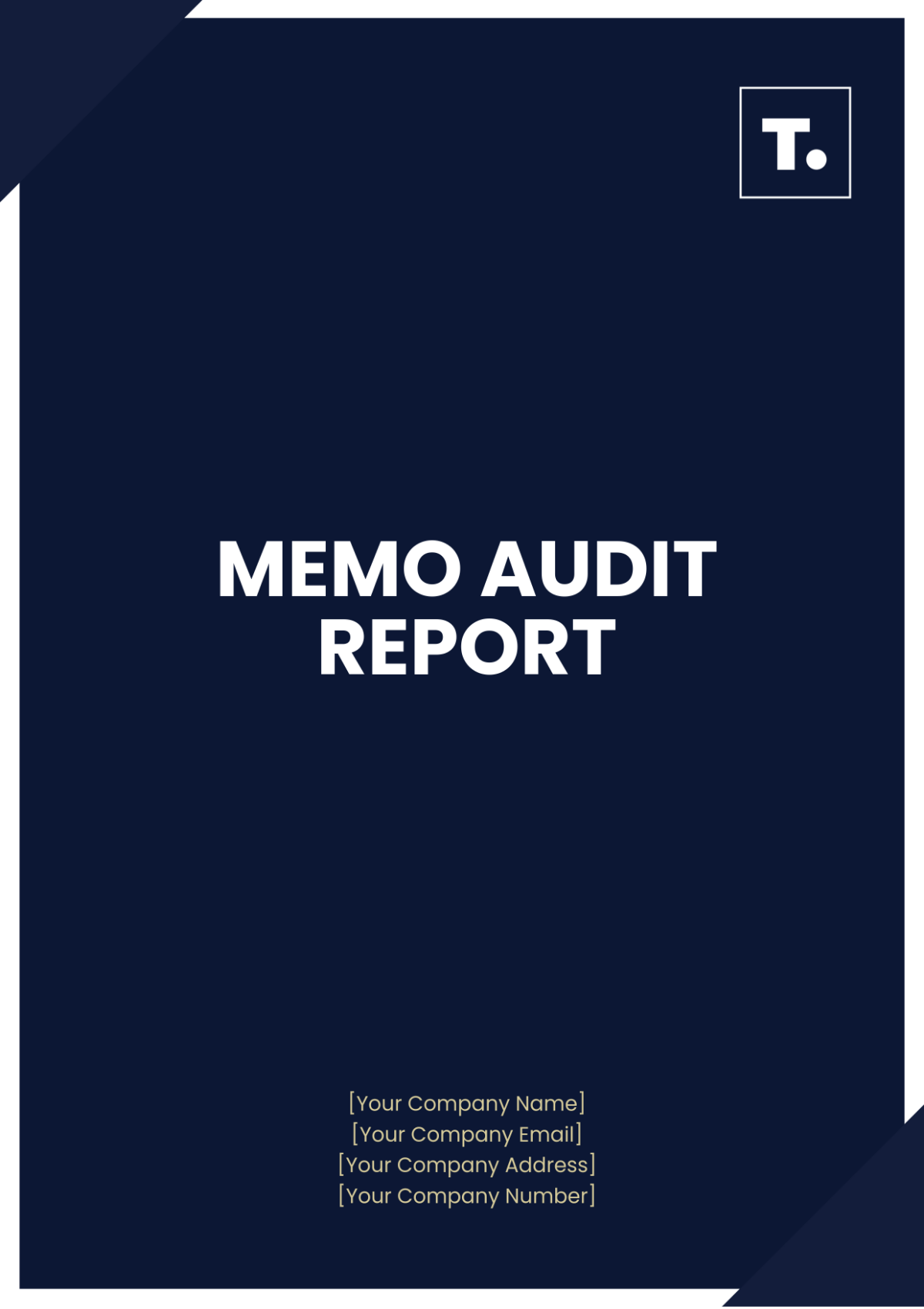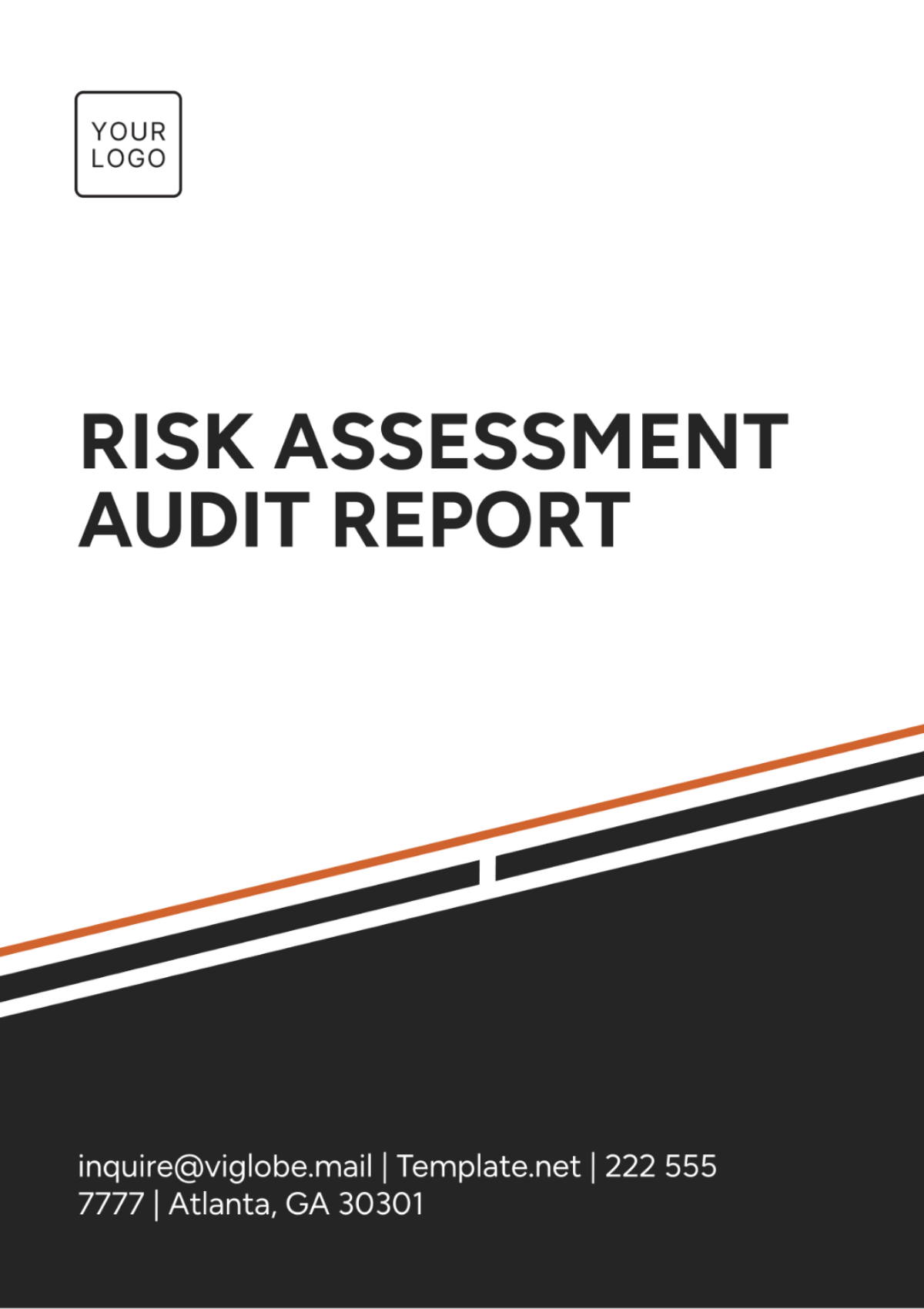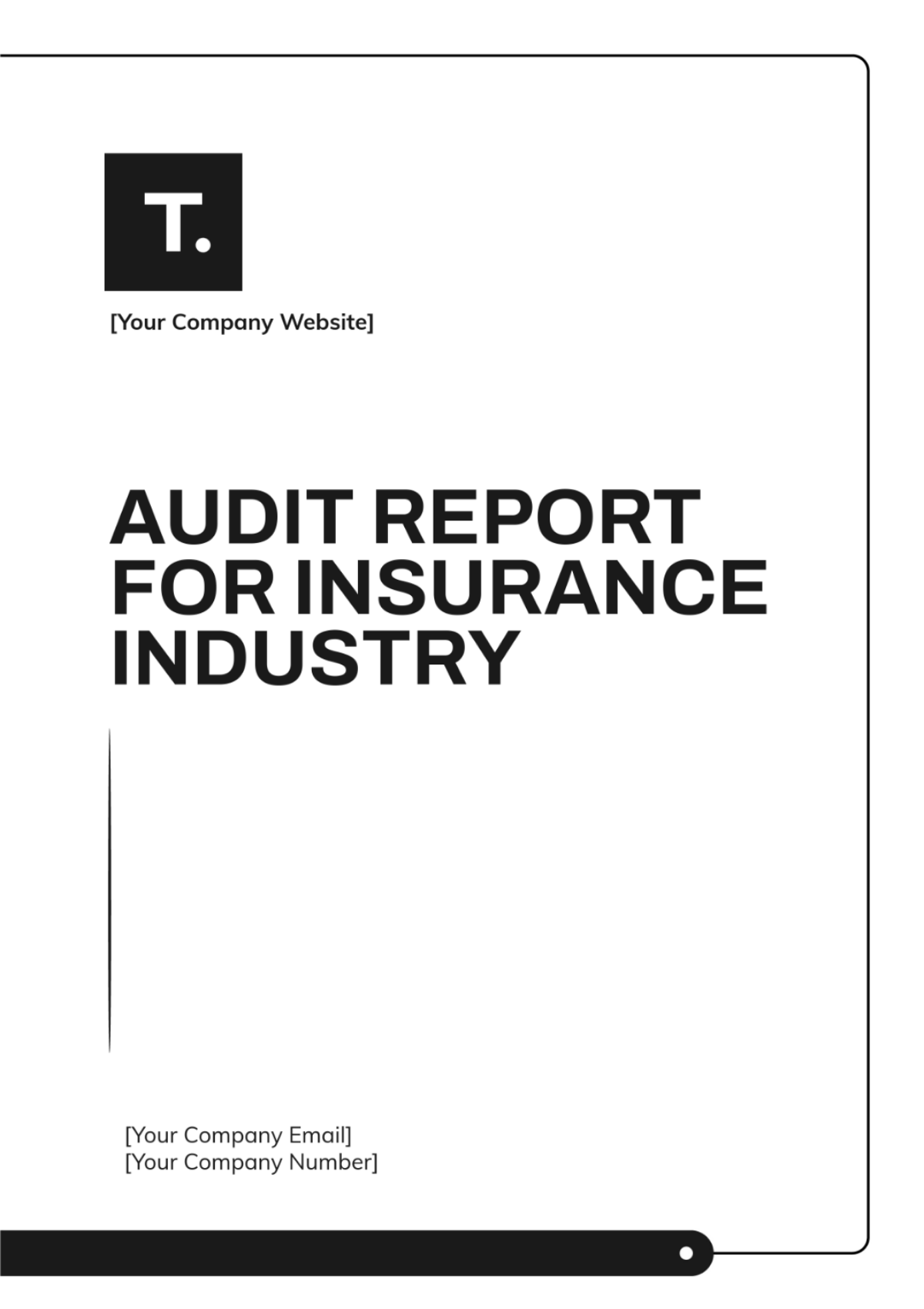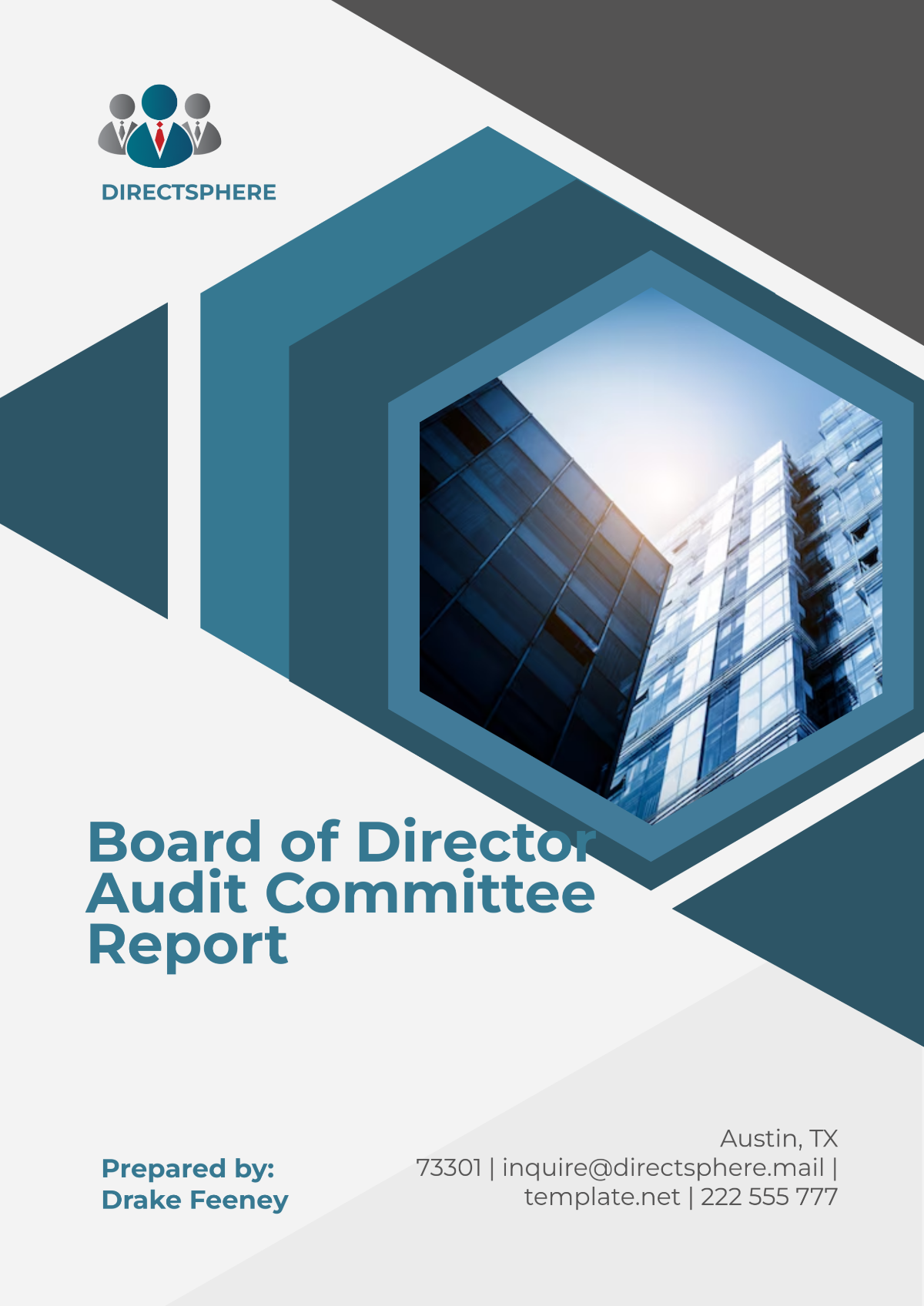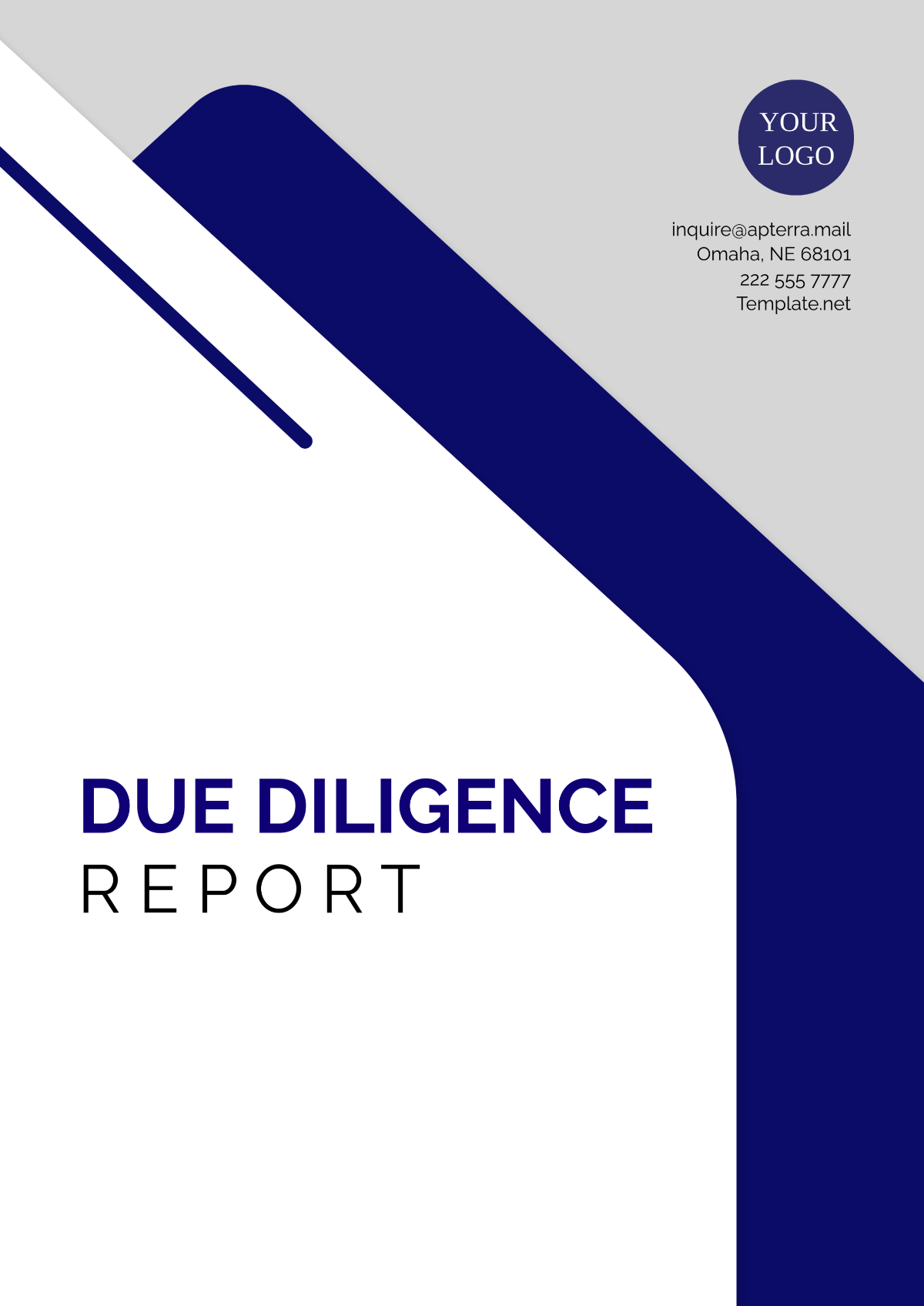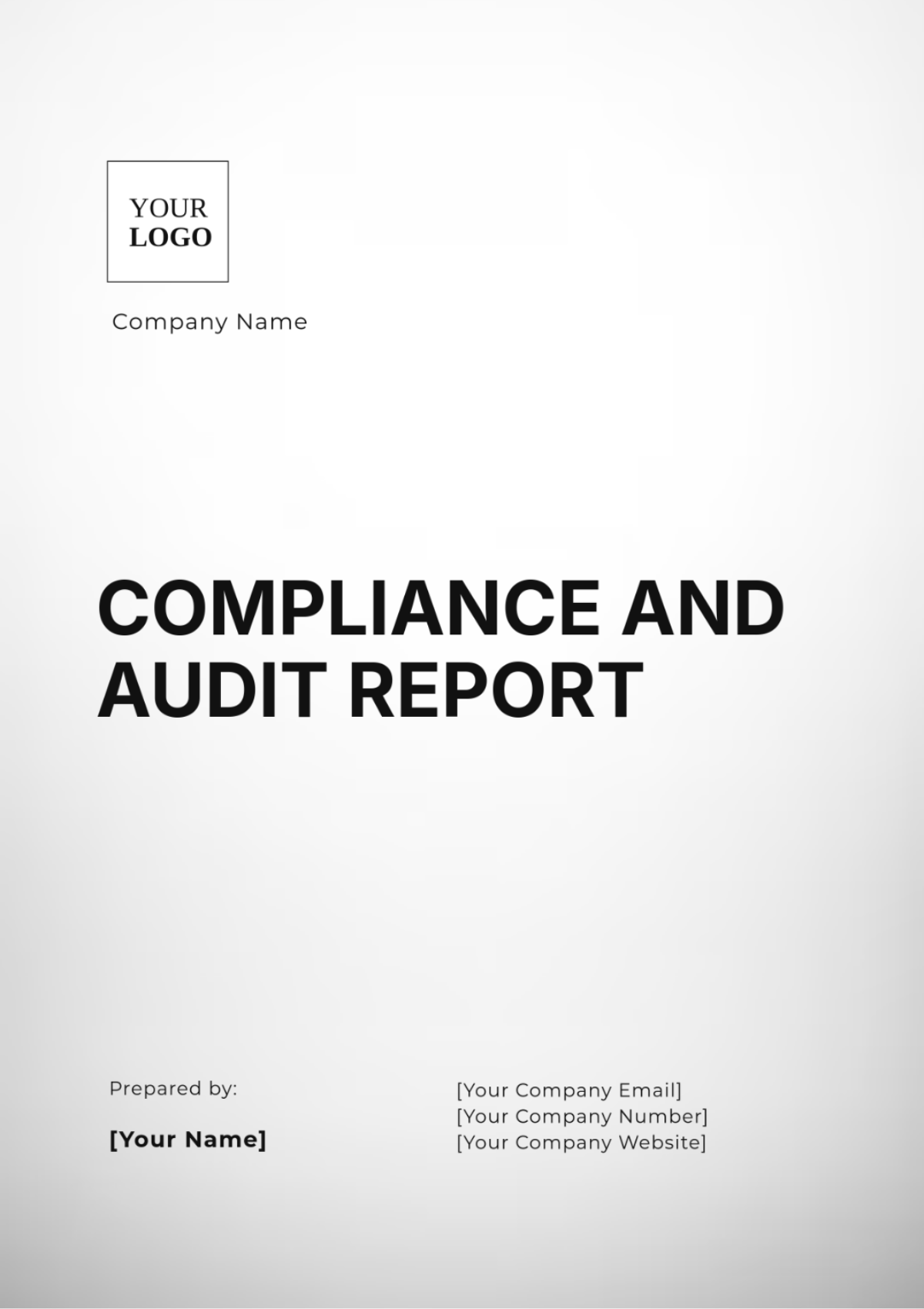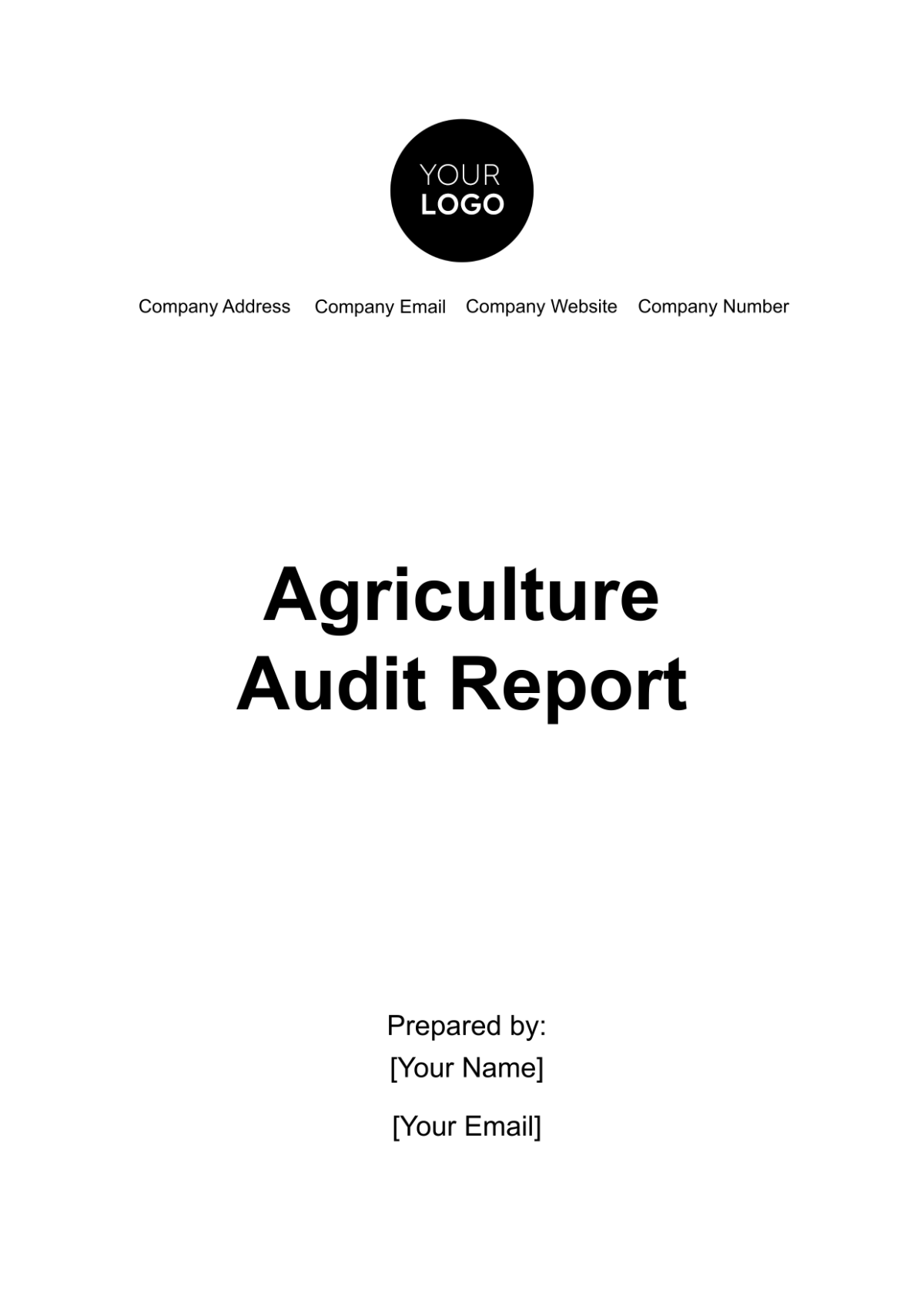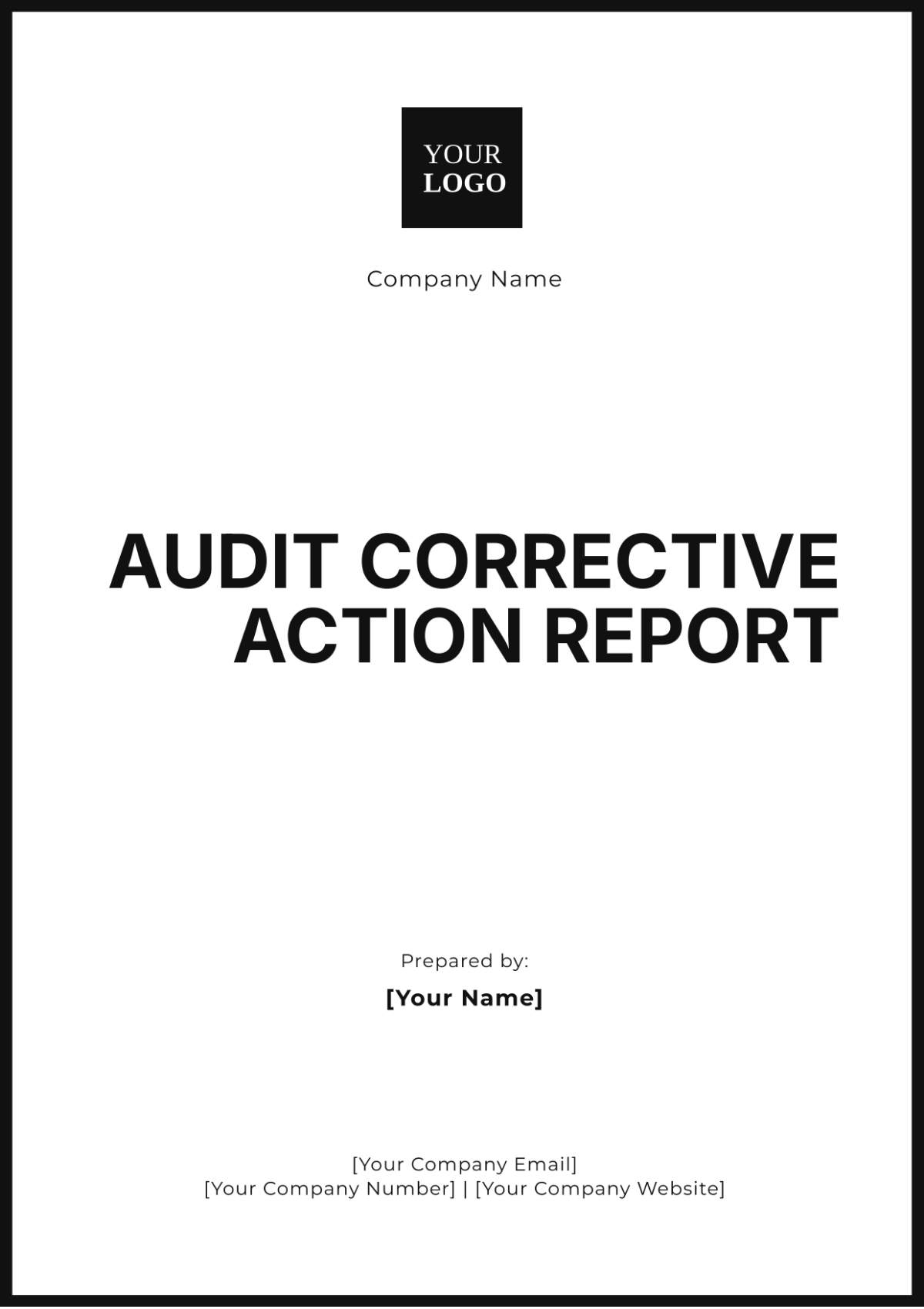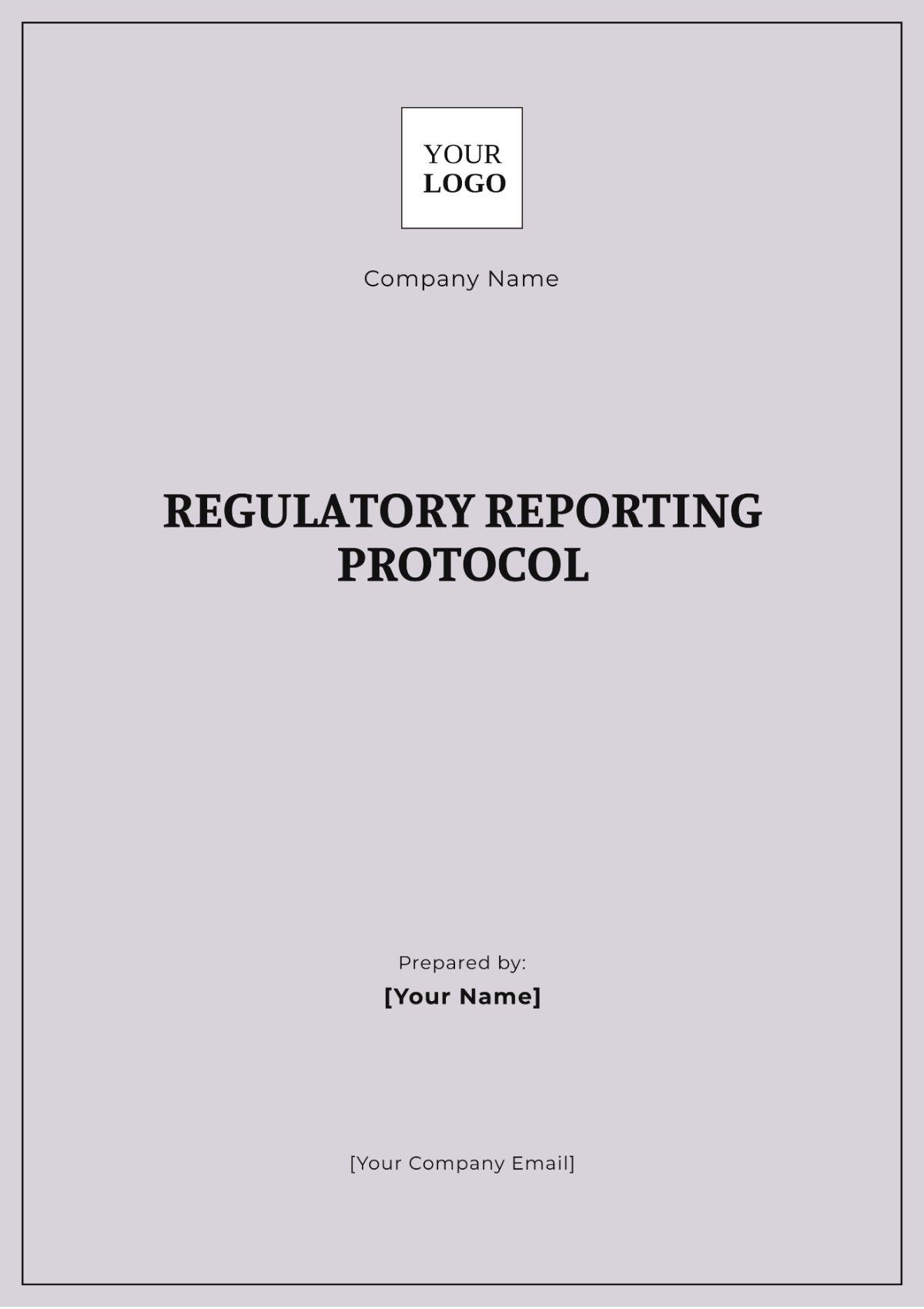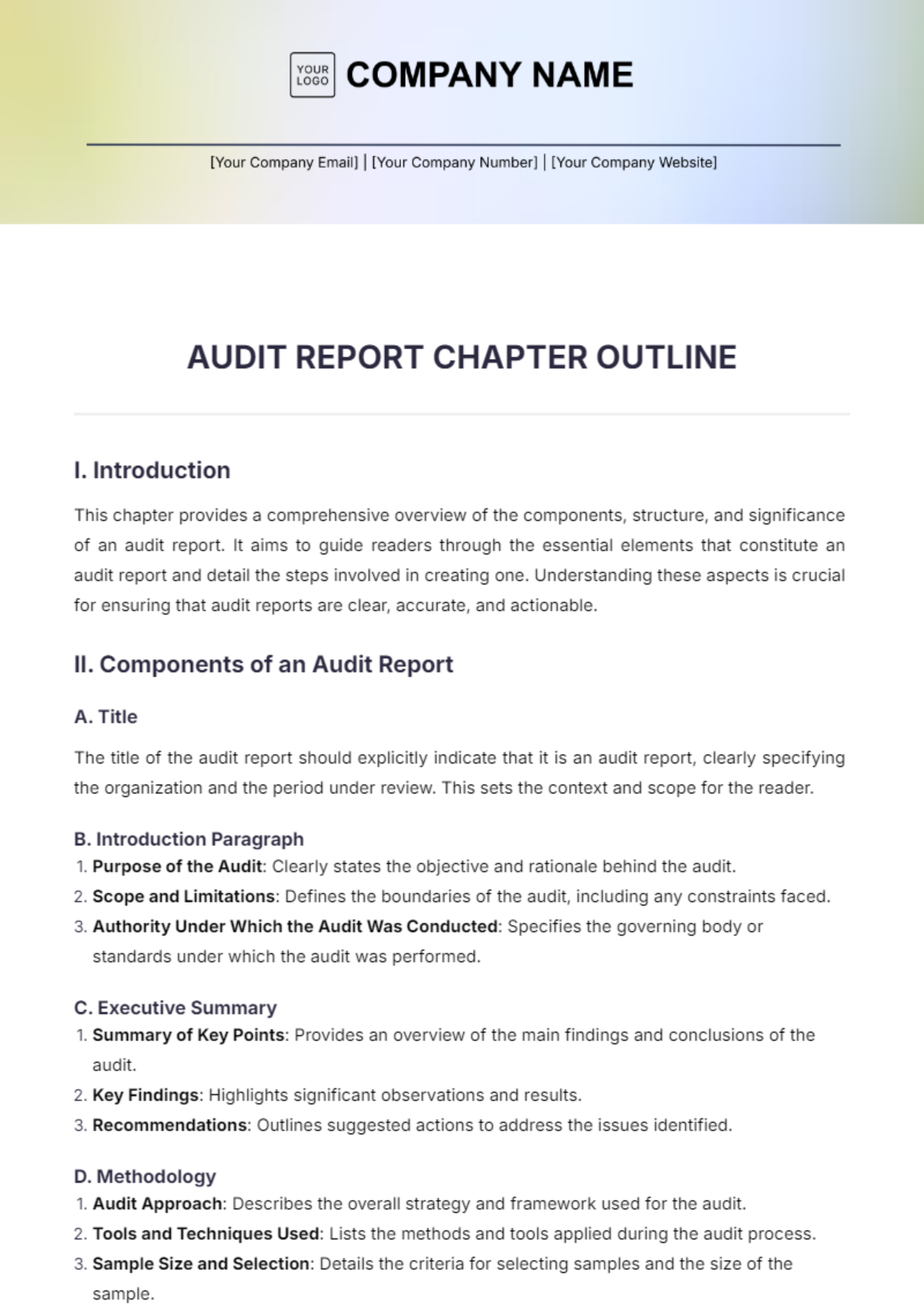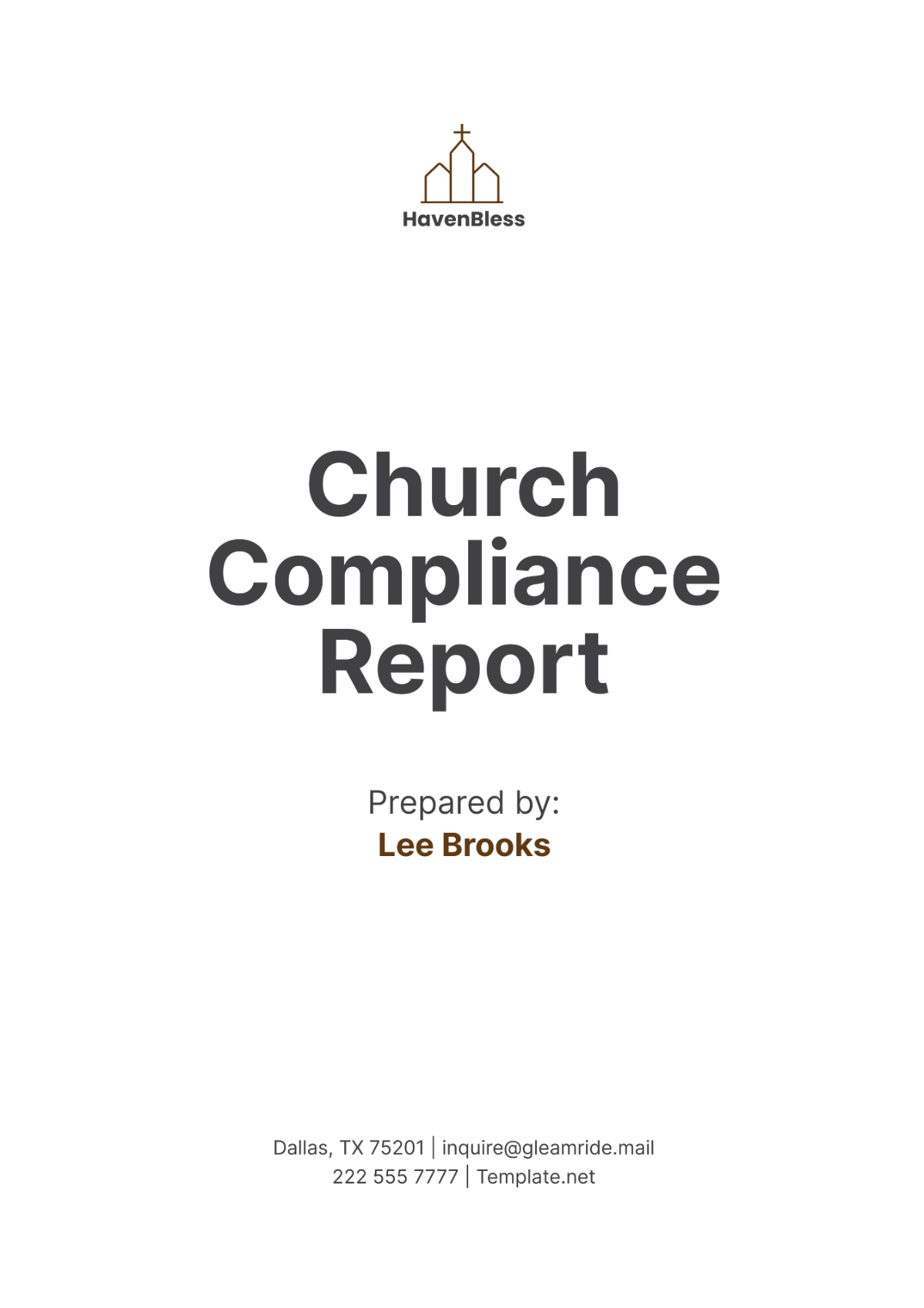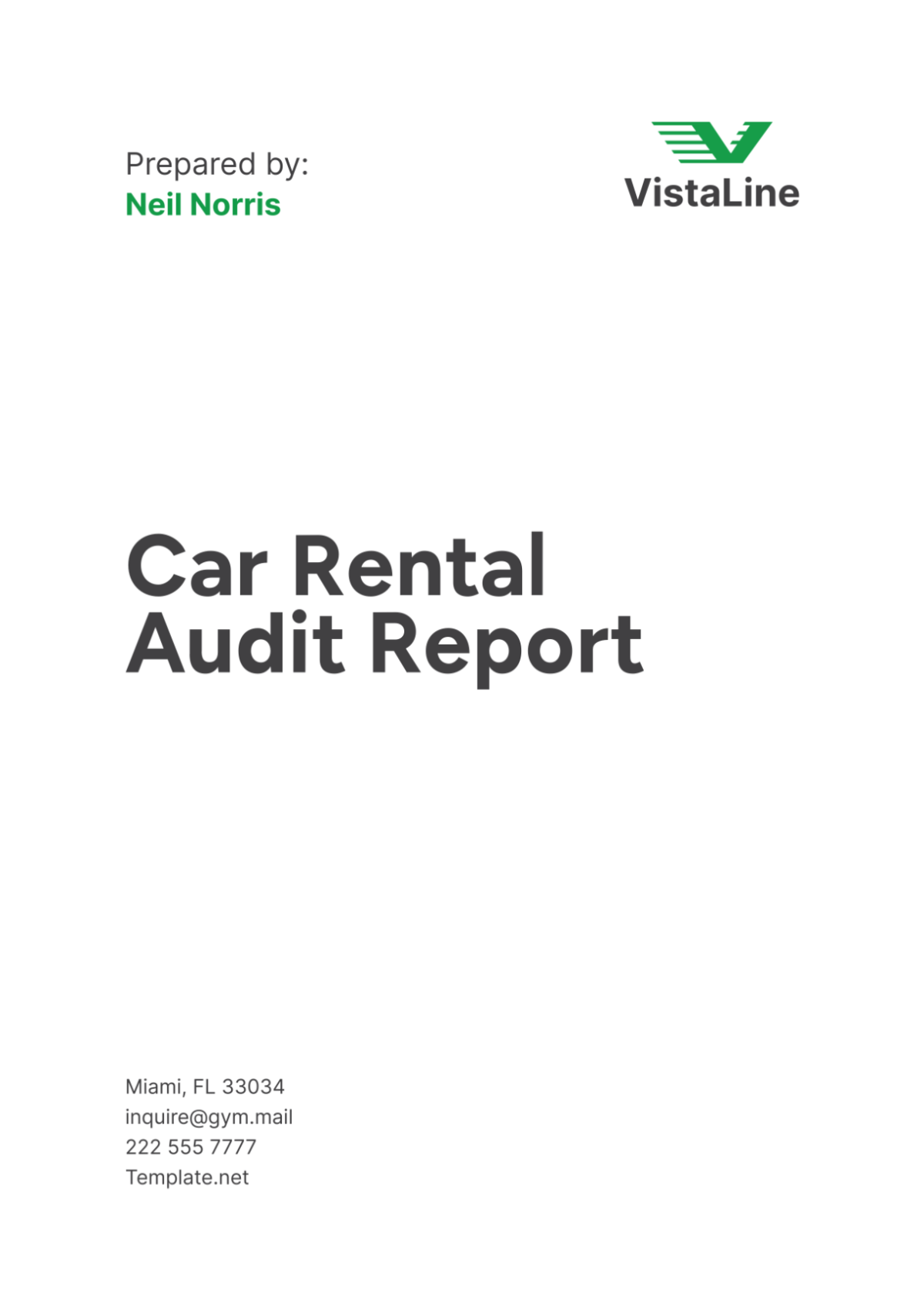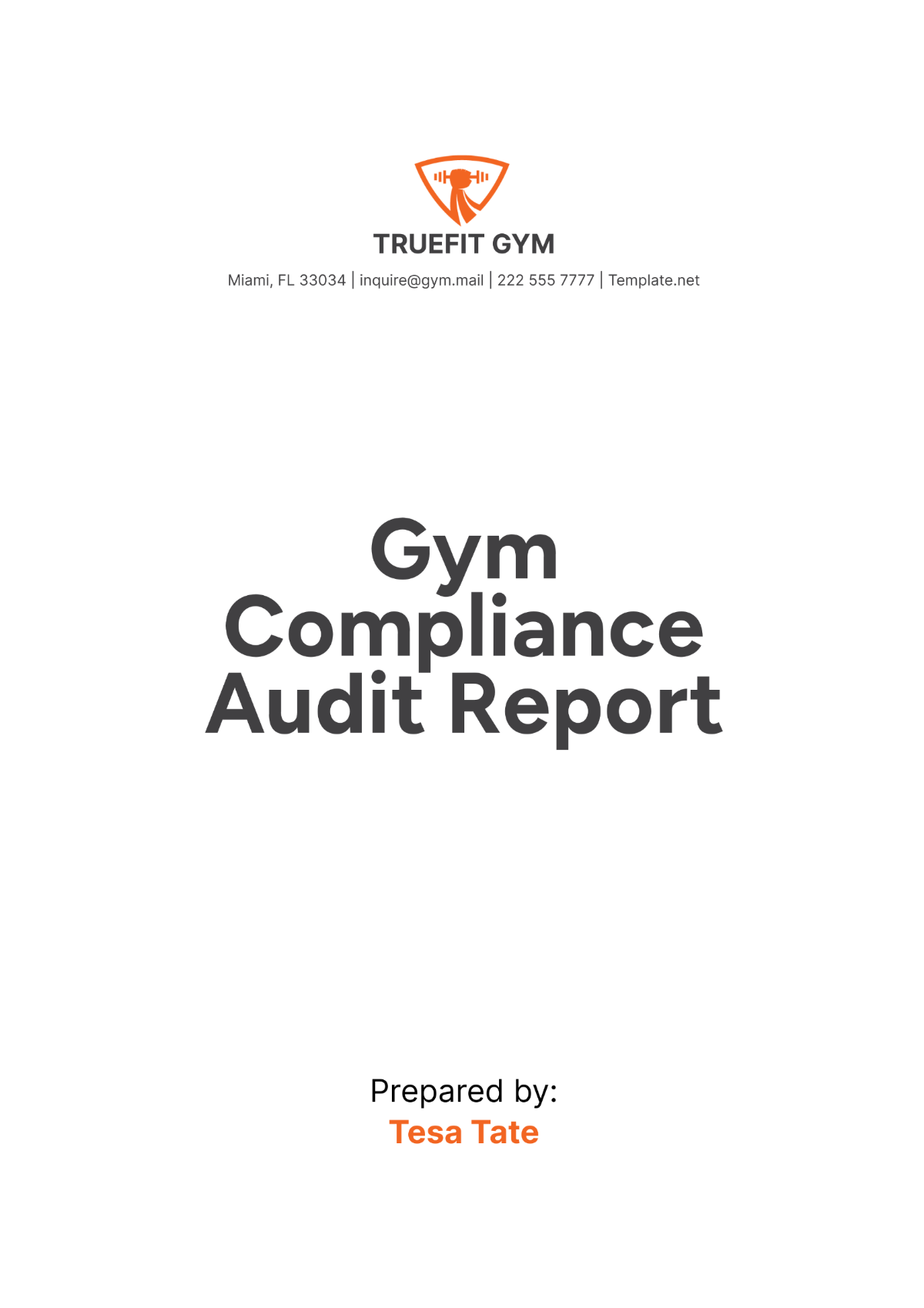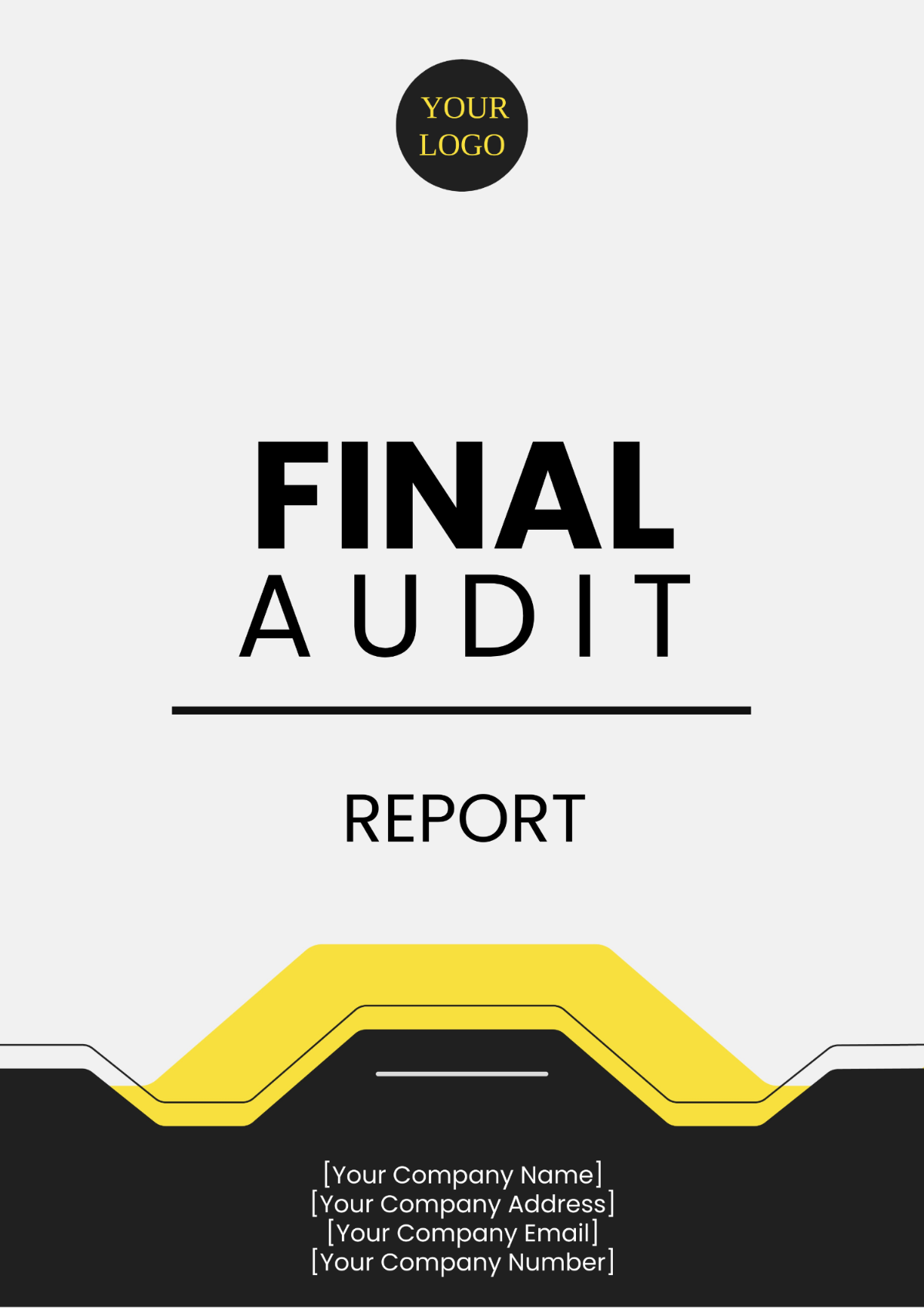Audit Findings Report
I. Introduction
This Audit Findings Report presents the results of the Operational Efficiency Enhancement Audit conducted for [YOUR COMPANY NAME]. The audit was initiated to evaluate the effectiveness of operational processes and identify opportunities for improvement to enhance overall efficiency and competitiveness in the market.
II. Executive Summary
The Operational Efficiency Enhancement Audit spanned from January to March 2050, encompassing critical operational areas such as production, supply chain management, procurement, quality control, and customer service. The primary objectives were to assess current practices, pinpoint operational inefficiencies, and recommend strategic initiatives to optimize workflows and resource utilization.
III. Scope of the Audit
The audit focused on the following key areas to drive operational improvements:
Area | Focus Areas |
|---|---|
Production Processes | Manufacturing workflows, production scheduling |
Inventory Management | Raw materials, work-in-progress inventory, finished goods |
Procurement | Supplier relationships, procurement processes |
Quality Control | Adherence to quality standards, inspection processes |
Customer Service | Response times, customer satisfaction metrics |
IV. Detailed Audit Findings and Recommendations
A. Production Processes
Finding | Recommendation |
|---|---|
Lack of automation in the assembly line for [PRODUCT NAME] is leading to significant delays in production cycles, particularly during peak demand periods. | Implement robotic automation systems to handle repetitive tasks and enhance production efficiency. This initiative is projected to reduce production lead times by at least 30%, thereby improving overall throughput and meeting customer demand more effectively. |
Inconsistent production scheduling practices result in underutilization of machinery and workforce during off-peak hours. | Introduce a dynamic scheduling system integrated with real-time production data analytics. This system will optimize machine usage by adjusting production schedules dynamically based on demand fluctuations, reducing idle time by approximately 20%. |
B. Inventory Management
Finding | Recommendation |
|---|---|
Overstocking of raw materials has led to increased storage costs and tied up working capital, affecting cash flow. | Implement a lean inventory strategy with just-in-time ordering principles. By aligning procurement with actual demand forecasts and reducing excess inventory, the company can lower inventory holding costs by 15% while maintaining adequate stock levels to support production needs. |
Inaccurate inventory records and lack of real-time tracking systems contribute to frequent stockouts of critical components, disrupting production schedules. | Deploy RFID-based inventory tracking technology coupled with an integrated ERP system. This solution will enhance inventory accuracy, minimize stockouts by 25%, and facilitate proactive inventory management through automated replenishment triggers. |
C. Procurement
Finding | Recommendation |
|---|---|
Heavy reliance on a single supplier for the component poses a significant risk to supply chain resilience and flexibility. | Diversify the supplier base by establishing relationships with alternative suppliers capable of providing comparable quality and reliability. This strategic approach will mitigate supply chain risks associated with dependency on a single vendor. |
Cumbersome approval processes for procurement requests cause delays in acquiring essential materials, impacting production timelines. | Implement an automated procurement approval workflow integrated within the ERP system. By digitizing and streamlining approval processes, the company can reduce approval times by 50%, ensuring timely procurement of critical materials to support uninterrupted production operations. |
D. Quality Control
Finding | Recommendation |
|---|---|
Variability in quality inspection standards across different production shifts results in inconsistent product quality and potential customer dissatisfaction. | Standardize quality control procedures and establish clear quality assurance protocols. Conduct regular training sessions for production staff to ensure consistent adherence to quality standards and improve product consistency across all shifts. |
E. Customer Service
Finding | Recommendation |
|---|---|
Lengthy response times to customer inquiries and service requests negatively impact customer satisfaction levels. | Implement a comprehensive Customer Relationship Management (CRM) system equipped with automated ticketing and prioritization features. This system will streamline customer service processes, reduce response times by 40%, and enhance overall customer satisfaction through improved responsiveness and service delivery. |
V. Recommendations for Improvement
A. Operational Processes
Recommendation: Conduct quarterly operational audits to monitor and identify ongoing inefficiencies. Implement continuous improvement initiatives based on audit findings to optimize operational workflows and resource allocation effectively.
B. Training and Development
Recommendation: Enhance existing employee training programs to include modules on lean manufacturing principles, quality management techniques, and the use of new technologies. Empower staff with the skills and knowledge necessary to support operational excellence and adapt to evolving industry standards.
C. Technology Integration
Recommendation: Invest in an integrated ERP software solution that spans across departments, integrating production planning, inventory management, procurement, and quality control functions. This technology integration will improve data visibility, operational transparency, and decision-making capabilities across the organization.
VI. Conclusion
The Operational Efficiency Enhancement Audit has identified significant opportunities for [YOUR COMPANY NAME] to enhance operational efficiency, reduce costs, and improve overall business performance across critical operational areas. By implementing the recommendations outlined in this report, the company can streamline operations, optimize resource utilization, and strengthen its competitive position in the market.


